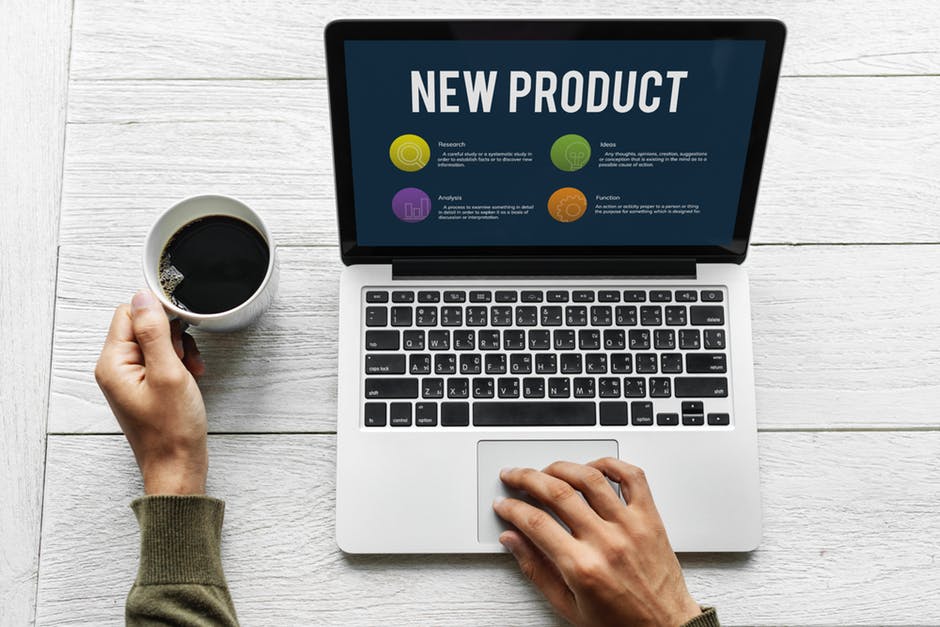Have you ever wanted to start your own business but needed to know how to proceed? Or have you been thinking about improving an existing product or service to make things better? Regardless of what it is, it would help if you learned how to build a prototype.
From ideation to prototyping, it can all seem overwhelming and like it looks more than you can handle. If things seem to get a little too much, you need to take a step back and learn how to create a prototype.
Keep reading to learn more about how to get started with your project.
Design Your Product
To know how to create a prototype, you will need to develop a design for your product. It can be done by sketching your idea or using a computer program to create a 3D model. You may need to use various tools, such as a saw, drill, or screws.
You also need to think about the design for manufacturing and assembly. It involves creating a product that can be quickly and cheaply manufactured and assembled quickly and easily.
Choose the Materials
Once you have a design, you must choose the materials you will use to create your prototype. These can include foam board, poster board, and cardboard.
Once you have your materials, you must cut out or construct your prototype according to your design. It is an important step, as the materials you choose will affect the function and look of your prototype.
Foam Board
Foam board is an excellent material because it is inexpensive and easy to work with. You will also need a sharp knife, Ruler, and Pencil. Cutting the foam board is the most challenging part, so be careful.
Poster Board
Using a ruler and a pencil, draw your design onto the poster board, leaving enough space between each element to cut it out later. Once your design is marked on the poster board, use a sharp knife to cut out each piece carefully.
If you want your prototype to be more durable, you can glue or tape the elements together.
Cardboard
Cardboard is an excellent material for best prototypes because it is cheap and easy to work with. You can cut, glue, and paint it to get the look you want. Cardboard is less intense than some other materials, so it is essential to design your prototype accordingly.
Time to Start Building
With your materials chosen, it’s time to start building! This step will require trial and error, but you will eventually have a working product prototype.
Test Your Prototype
Finally, you’ll need to test your prototype to ensure it works. Creating a prototype is a great way to test your product idea before going into total production.
Prototyping can help you work out any design flaws and allow you to get feedback from customers.
Learn How to Create a Prototype Today
You’ve now learned the basics of how to create a prototype. You know the stages involved and what to do at each location. Following these steps, you can create a prototype to help validate your product idea and take your starting business to the next level.
Did you find this article helpful? If so, check out the rest of our blog for more informative content!
Read more articles at Peoples Magazine

